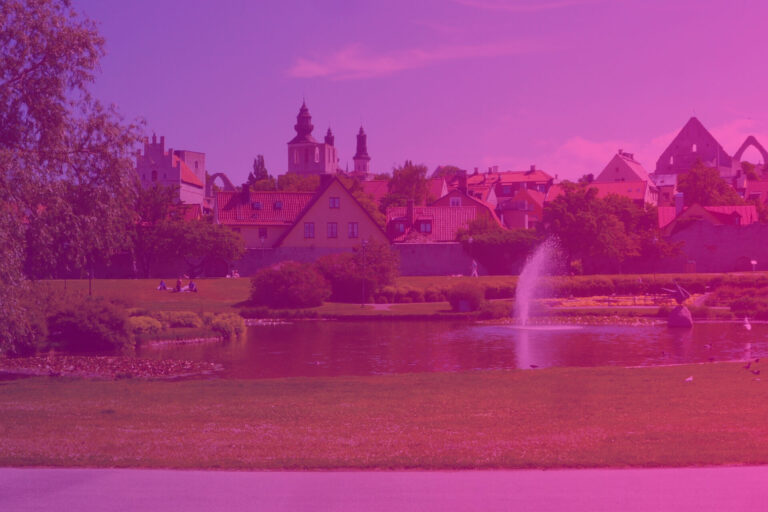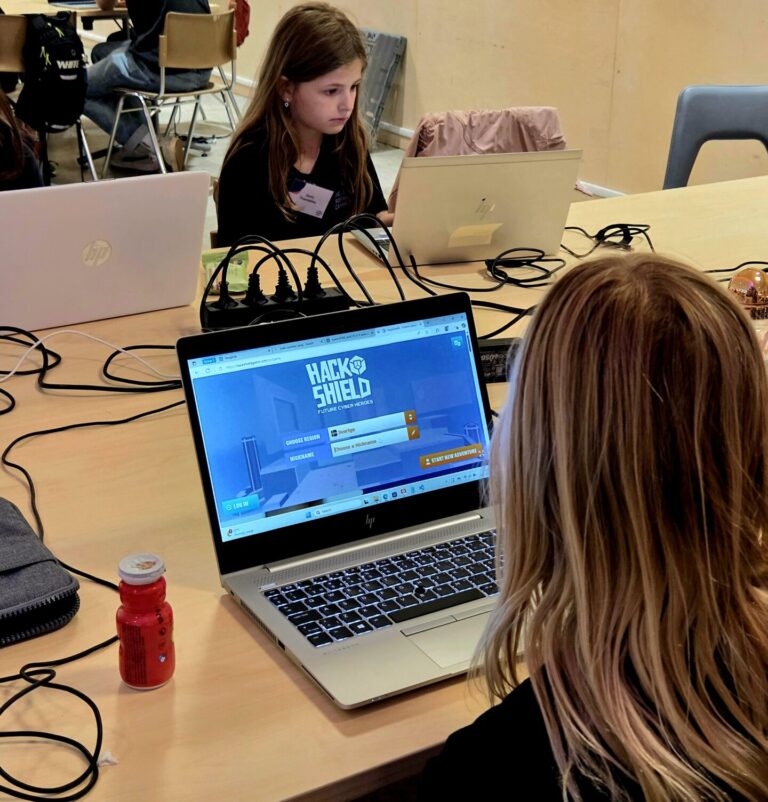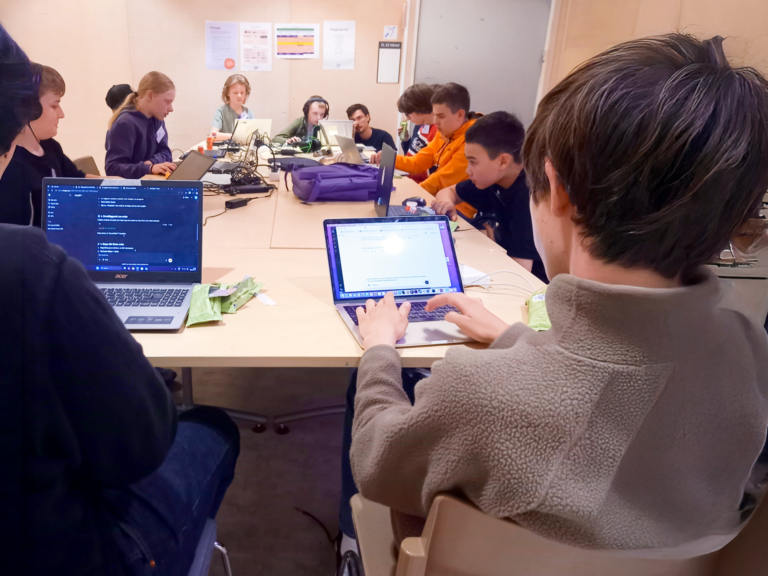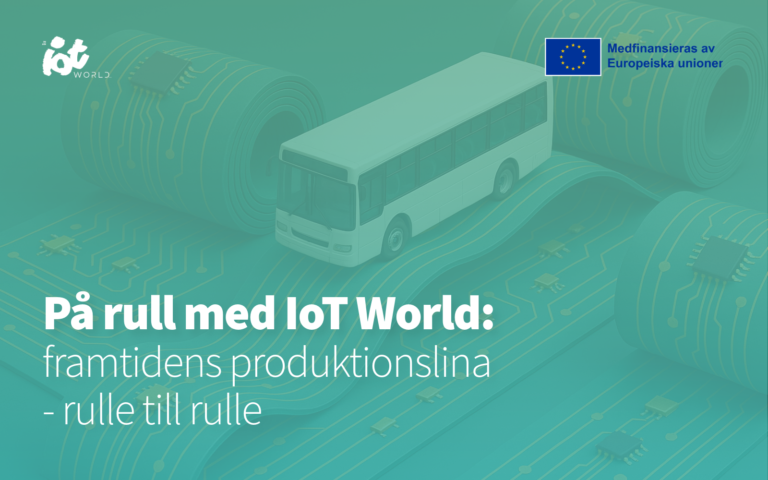Teenagers on coding camps. People running co-working spaces. The drivers behind different innovative environ-ments. Government experts. They might use different words, but in effect they share the same vision.

So what exactly is a community? A community is a collective, a means of socialising. It comprises people with similar atti-tudes, views and priorities. It can be our family and friends. Perhaps a local club and the gang down at the allotment. In the best of worlds, it’s society at large and Sweden as a nation.
It’s a group of people with shared values. People who stand side-by-side because they believe in something. Because they have a story to tell about why they do so. They know what’s acceptable and what isn’t – without having read a rulebook.
A community is something more than neighbours greeting each other in the street or in the local supermarket. It constitutes more than people who just happen to be at the same place at the same time.
In Community – The Structure of Belonging Peter Block writes that communities are about precisely this: a more or less structured togetherness and the sense of belonging. That communities can provide a solution, reassurance for us in a divided world – where countries, churches, companies and associations are entities unto themselves instead of being parts of a greater whole.
A community is not based on fears or egos, but on people who ask what they can do for others. It’s built on trust and generosity and the belief that we – you and I and others like us – can create something greater together that we can all profit from, literally and metaphorically.
A community is built up of people who see beyond themselves. People who are open and willing to share their knowledge and experience, who listen and cooperate. People who are impassioned and passionate, who have more than just an interest in something.
From Linköping to the world
This is by no means an exhaustive community book, a comprehensive guide that unlocks all the secrets. It is a book about people, containing tales told by teenagers and adults, entrepreneurs and government staff; a collection of stories and perspectives that together aim to explain how a community can be and what it is that makes a community work.
Even though our book isn’t about Linköping, it has its origins in this southern Swedish city. For when it comes to communities, they always revolve around a point, be it physical, digital or a bit of each. And it is upon such places that we base our lives.
Linköping is also the birthplace of this book – or more precisely, Linköping Science Park. An organisation that started as a physical development environment but that’s now taking the step from place to platform, a platform that seeks to provide individuals, networks and organisations with the tools and environments they need to attain their full potential, where talent attraction and community building are given conditions of success.
Lack of talent – the greatest obstacle to growth
We used to go to the physical office to work. Today, we work across national boundaries without giving it a second thought. Many of us can be on holiday on the other side of the globe and still have access to the same tools we have at home. And our colleagues can just as well be in Nepal as in Gothenburg, the big separator being time and, possibly, language.
Over the past few decades, we’ve created techniques that have removed many of the obstacles that once kept us isolated. We’ve created something wonderful – and possibly problematic.
If people can move around and work where they want to, how will Sweden retain the competence we need to build a strong country in the decades to come? And more to the point: how are we going to create such attractive places, towns and surroundings that will make them want to live here too?
Reality is actually much more complicated than this.
According to Statistics Sweden (SCB) we will need to have found an additional 265,000 people by 2035 to employ in engineering, science, social science and manufacturing. People who to some, or even great, extent Sweden does not currently have. And the report The IT skills shortage from the Swedish IT and Telecom Industries shows that there is already a shortfall of 70,000 people with sufficient computing knowledge and skills.
If we are interested in holding on to our position as a knowledge and innovation country, there are no two ways about it: we have to care about attracting more people here, people of all ages with the know-how and experience we seek and need. So how do we do this?
Leave behind everything you know, gather up your family and move to Sweden is possibly not the best of enticements. Jean Zagonel dropped everything in Brazil, moved 10,000 km and ended up an outsider in Sweden.
True, he eventually found work, but a job is still just a job. For us to feel good in ourselves, we need a context and to feel needed.
Research also shows that it isn’t that easy to entice people to a particular area, city or region. People are drawn to people. So there have to be people there, a life and a community.
Community-building and global ecosystems
This book is also about the wider perspective. About how communities give people a sense of belonging, of influence. And how communities can both be used to attract tomorrow’s workforces and be merged into larger ecosystems.
We want to show how we are cyclically dependent on each other as individuals and groups – and the changes that can be achieved when ecosystems and clusters of companies and organisations cooperate.
We want to show how we are cyclically dependent on each other as individuals and groups – and the changes that can be achieved when ecosystems and clusters of companies and organisations cooperate.
This is why we will eventually leave the community per-spective and end the book by looking at ecosystems to find out what happens when one community cooperates with another. For if the challenges we’re facing are already global – consider the environment or the question of how to sustain and strengthen our competitive muscle when people are free to migrate across borders – this is also where the solutions have to be found.
We hope that you will like what you read and want more. In the extra material, you will find checklists and more tips on how to create a community – and give it the best condi-tions to thrive.
One final comment before we move on.
At the time of writing this book, we’re in the throes of a pandemic caused by a virus that’s overturned the very foundations of how and where we socialize and work. For years, we’ve been discussing the pros and cons – and even feasibility – of letting people work from home. When the virus struck, it turned out that much of the working population – in the space of just a few weeks – were quite amenable to going remote.
Even if our lives are affected by some future political or economic factor, or virus for that matter, one thing’s for sure: our need to meet people and exchange ideas will remain.

